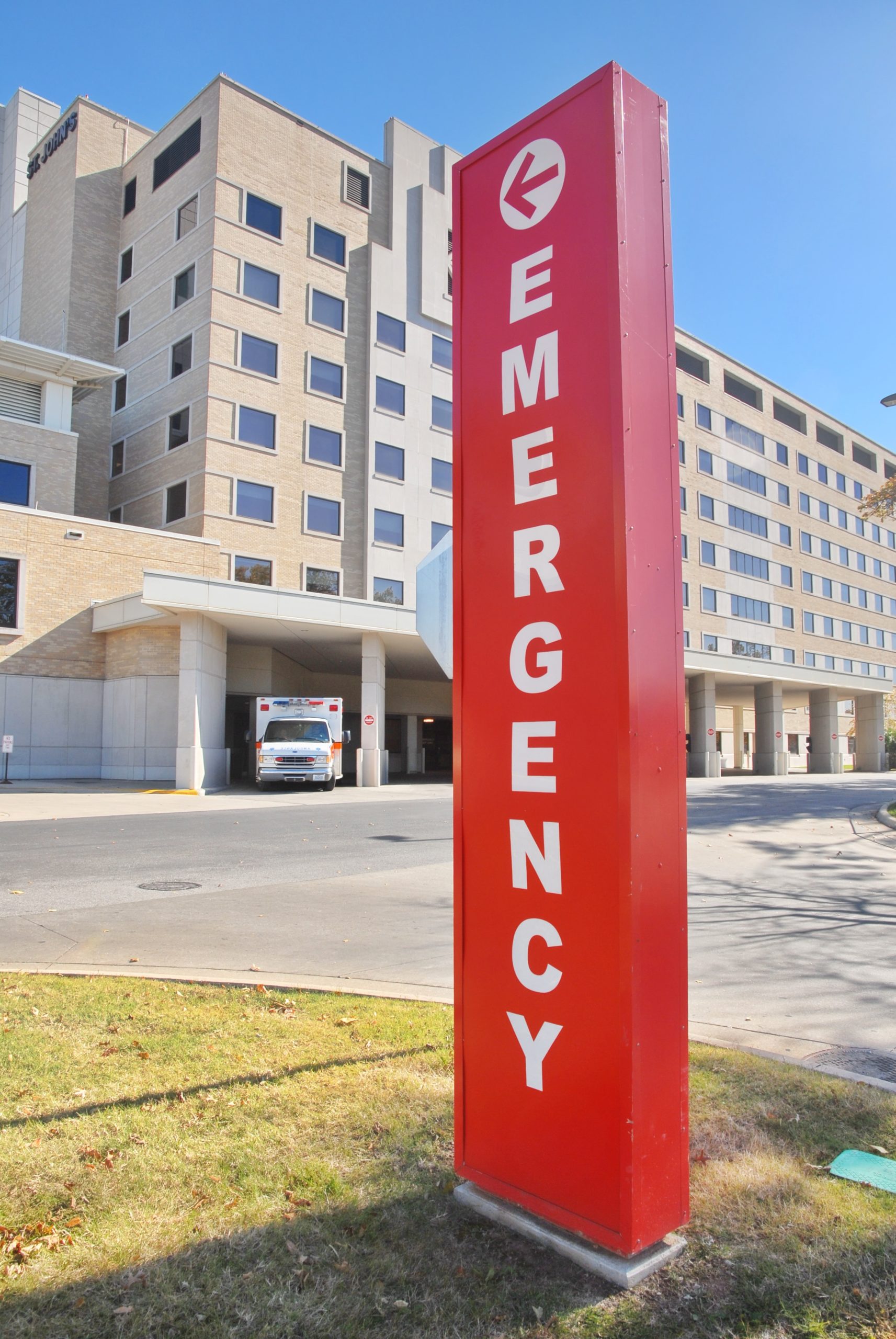As always, the whole of patient care is much more than a mere accumulation of services to help “fix” the problems of a patient. Taken together, it represents an entire process where attempts and actions are made to transition a patient from a state of illness to one of improved or optimized health. With this perspective, it is important to note that the entire care process, from diagnosis, to acute care, to post-acute and long-term care is continuous and requires fluidity between the above-mentioned various phases of patient care. This can be achieved only through cooperation between the various healthcare sectors and an efficiency and accuracy to the workflow that provides the patient care services.
Several steps can be taken to achieve this continuous workflow of patient care that can boost efficiency on all levels while optimizing patient care and preventing, as best as possible, the vicious cycle of complications and readmissions. Below are key points to consider in the ongoing process of patient care which should help to facilitate efficiency, clarity, and improved health.
Better communication
Communication between team-members within one level of patient care (acute or post-acute) is necessary for things to run smoothly. However, this aspect is just as important between acute and post-acute care settings when a patient is transitioning from an acute status to one of recovery or chronic care management. There are several strategies to ensure that communication flows smoothly and that a patient’s health status and next stage of care is clearly outlined to all parties involved in the care process. One way to do this is to set up meetings between acute and post-acute care hospitals to discuss objectives and incorporate how each sector runs their institution into a viable workflow for patient care. Tracking a patient’s progress after discharge (both after acute and post acute care) is also another measure to safeguard patient health by monitoring and becoming aware of a patient’s status before any complexities may arise.
Accurate documentation and EHR interoperability
Impeccable documentation that can be easily interpreted by the multiple levels of care is crucial, as is the ease in transfer of data from one healthcare institution to another. The history of a patient’s heath lies in these carefully written electronic documents that tell what had happened and what needs to be done next. The use of medical scribes in the acute care setting achieves the accuracy in medical details that are necessary before coming to a decision on what medications to prescribe or what medical services are best to provide. Furthermore, the interoperability of EHR systems between acute hospital and post-acute care institutes help to maintain clarity in patient status and updates and ensure a successful continuity of care.
Patient engagement
In addition to actions taken by hospitals and health care-givers to develop a comprehensive care process, these efforts can also be enhanced by bringing in the patients themselves to take on a more active role in their own health. Patient education of their condition, along with carefully explained instructions, can be empowering motivators to patients’ initiative to do what they can to improve their own lives. This also helps to increase compliance with instructions from healthcare providers on what they need to do to stay healthy.
The healthcare process has been changing gradually over the years, and the above-mentioned suggestions for improving it can help the shift from value to volume that we see happening right now.



